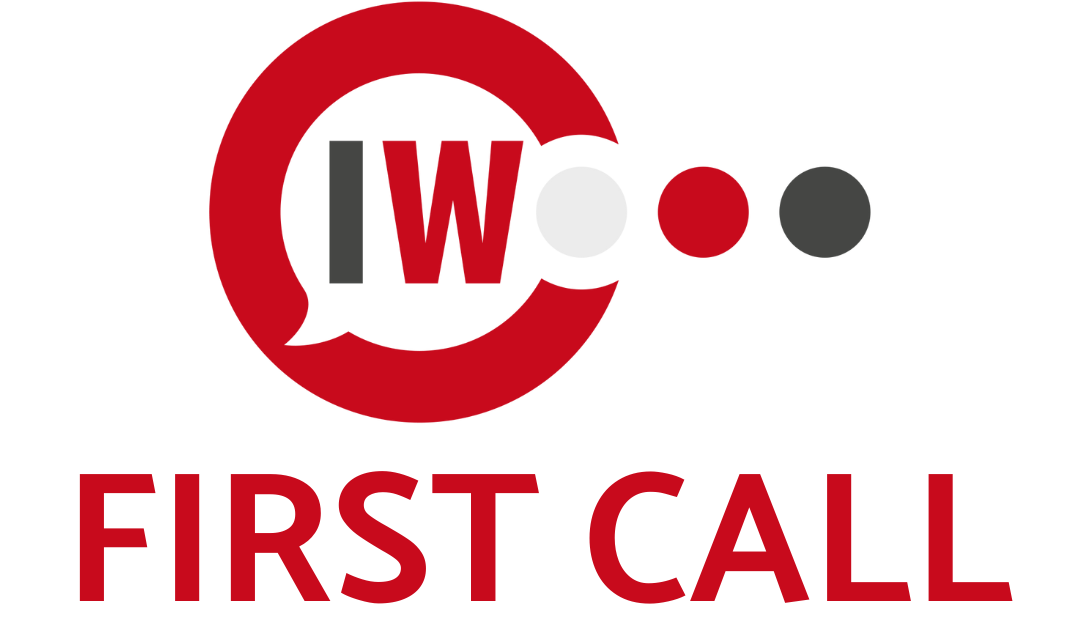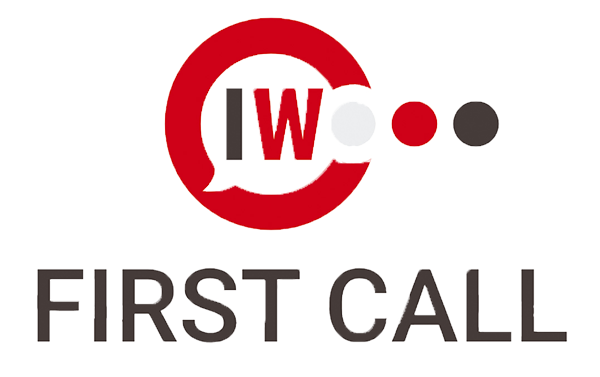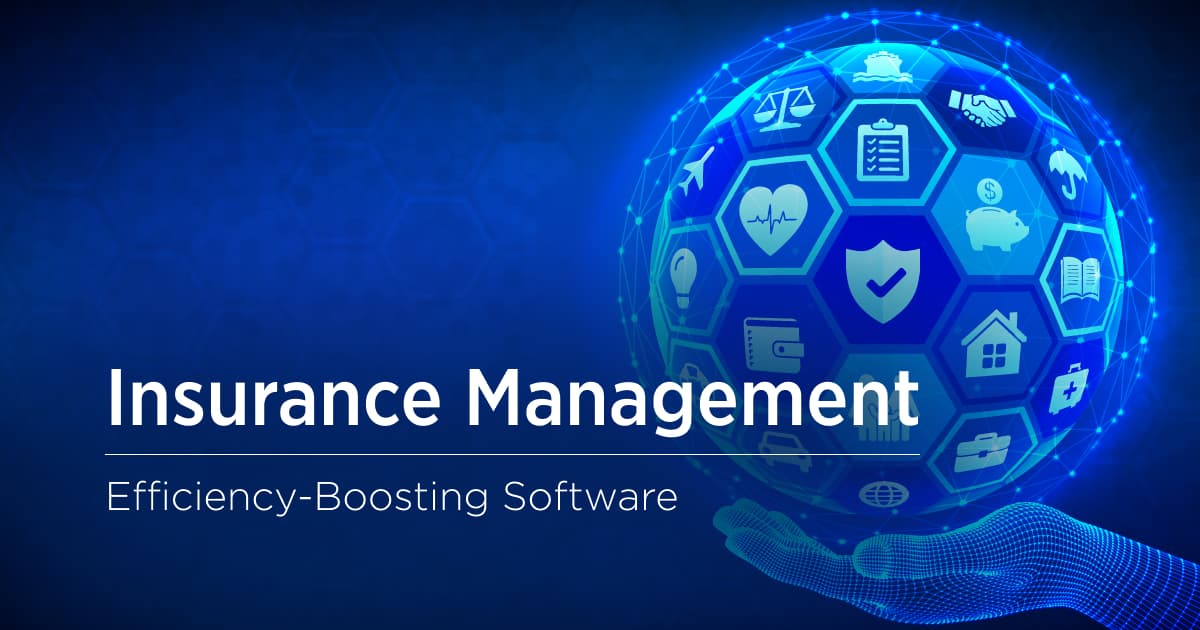The insurance industry is rapidly evolving with new technologies and solutions emerging to help insurance companies, agencies, and brokers operate more efficiently. Choosing the right software is crucial for managing policies, generating accurate quotes, processing claims, and ultimately winning more business.
Key Takeaways
- Leading insurance software like Jenesis, EZLynx, Applied Epic, and Vertafore help to optimize quoting, customer service, reporting and more.
- Cloud-based options enable anytime, anywhere access with seamless carrier connectivity.
- Scalability, security, integration, and ease of use should be top evaluation criteria.
- Product demos and free trials let you experience software functionality firsthand.
- The best solutions evolve with changing business needs for long-term success.
- Investing in purpose-built software boosts productivity, conversion, CX and more.
Choosing insurance software designed to help P&C carriers, MGAs and agencies boost productivity and profitability is a smart investment. Comparing capabilities and testing options hands-on ensures the selection of the right platform to achieve growth objectives now and in the future.
Streamlining Operations With Purpose-Built Insurance Software Platforms
Insurance software aims to automate time-consuming administrative tasks, enabling staff to focus on customer service and acquisition. Solutions typically include customer relationship management (CRM), document management, billing and accounting, reporting, and data analytics. Leading options are cloud-based for anytime, anywhere access.
When evaluating options, it’s important to match software capabilities to organizational needs and growth objectives. Scalability is key as well as integration potential with existing systems. Solutions specifically built for P&C insurers and MGAs enable customized workflows, quick quote turnaround, and regulatory compliance.
Jenesis Software stands out in this category with an end-to-end sales platform integrating CRM, ratings, reporting, and accounting functions. Real-time updates enable informed decisions and rapid response times. Jenesis also includes a consumer portal for self-service and claims management.
EZLynx streamlines the quote-to-bind process with real-time connectivity to over 300 leading insurance carriers. Users can quickly compare policy options across carriers while leveraging integrated rating engines and analytics.
For innovative Insurtech capabilities, Applied Epic enables fully digital customer acquisition and servicing with portals, CRM, and a rules engine to automate workflows. Their cloud-based solution can adapt as needs evolve.
These solutions demonstrate how purpose-built insurance software helps agents and brokers deliver exceptional service while optimizing operations. Most offer free trials to experience key capabilities firsthand before making a selection.
Choosing The Best-Fit Insurance Quote Software Solution

With constant technological advances, the list of solutions for P&C insurance continues expanding. So how do insurance professionals determine what best aligns with organizational needs?
- Define top business priorities. Is the focus on boosting sales and conversion rates or streamlining claims processing? Establishing key goals and pain points guides software selection.
- Leverage product demos and free trials. Get hands-on with top contenders to evaluate features and integrations. Testing functionality with real workflows ensures the system can handle required processes.
- Check integration capabilities. Determine what existing tools the software must connect with to avoid disruptions. Cloud-based platforms typically enable more seamless integration.
- Confirm scalability. As business needs evolve, so must technology systems. Ensure the chosen insurance platform can cost-effectively scale to support the changing demands of the insurance business.
- Verify security protocols. Policy and customer data require robust security, monitoring, and backup. Review how top choices protect sensitive information.
- Evaluate ease of use. Adoption rates improve when solutions are intuitive for staff with different skill levels. Complex platforms lead to frustration and wasted time.
The right insurance software aligns with organizational objectives for managing policies, generating accurate quotes, and boosting productivity. Defining must-have capabilities and testing options hands-on ensures the best selection to carry businesses now and into the future.
Making the Investment in Leading-Edge Property and Casualty Insurance Software
Transitioning to new insurance software represents a significant investment for many agencies and carriers. However, the tangible benefits typically outweigh the initial costs over the long term.
- Increased productivity. By automating repetitive tasks, teams can focus on high-value activities like customer acquisition and retention. Staff becomes more efficient using purpose-built tools.
- Higher conversion rates. Accelerating quoting and policy binding results in more customers signing on the dotted line. Intuitive platforms also minimize drop-off.
- Enhanced customer experience. Omnichannel access and rapid response times impress today’s on-demand consumers. Custom portals facilitate self-service as well.
- Improved risk management. Integrated analytics identify loss trends early for better decision-making. Some solutions also help optimize reinsurance needs.
- Stronger competitive positioning. Forward-thinking agencies and carriers gain an edge with cutting-edge technologies that elevate service levels.
The numbers add up. Investing in the right management software for many insurers, pays dividends for years while enabling innovation and adaptation in the ever-evolving insurance industry.
Comparing Top Contenders For Your Specific Needs
With an abundance of solutions now available for P&C insurance, doing your homework pays off. Comparing options using a structured approach ensures you select software aligned to your organization’s unique requirements and priorities for the coming years.
Create a Must-Have Capabilities List
Start by bringing together stakeholders from across business units to define must-have capabilities, including:

- Policy and Billing Management: Customizable workflows, payment processing, billing schedules, etc.
- Rating and Quoting: Quick turnaround, real-time carrier connectivity, analytics.
- Claims Management: FNOL capture, adjustment, subrogations, analytics.
- Producer Management: Commissions, incentive tracking, goal setting.
- Reporting and Data Analytics: Custom reports, visualization tools, risk analysis.
- Mobility: Native apps, responsive design, offline access.
- Security: Encryption, access controls, data protection.
Rank these categories by importance for alignment and weighting.
Develop an Evaluation Scorecard
With must-haves defined, create a scorecard for software options to grade functionality, viability, cost, and more. Sample criteria includes:
- Features & Integrations: Alignment to needs, flexibility, carrier connections.
- Ease of Use: Intuitiveness, onboarding/training resources.
- Scalability & Uptime: Bandwidth for growth, uptime record.
- Vendor Profile: Company size, client base, reviews.
- Data Security: Backup frequency/retention, access controls.
- Support: Resources available, response times.
- Cost: One-time/recurring pricing, total TCO.
Tally overall scores to help narrow down your top choice(s).
Key Factors When Budgeting Your Investment
Beyond evaluating features and capabilities, developing a forecasted budget provides further insight into software options. Be sure to account for:
- License Costs: Per user, per product, or enterprise licensing.
- Implementation Fees: Onboarding, configuration, and integration work.
- Training & Change Management: Resources to drive adoption.
- Customizations: Tailoring platforms to unique workflows.
- Hardware/Network Upgrades: Improving infrastructure.
- Ongoing Support & Maintenance: Enhancements, patches, troubleshooting.
Understanding total cost of ownership avoids unexpected overages down the road. Cloud-based subscription models also distribute costs over time.
Final Takeaways
Implementing new technology can feel overwhelming for insurance agents, but following a structured selection process ensures your organization chooses the best insurance rating software that aligns to strategic goals now and in the future.
Defining must-have capabilities, scoring contenders on weighted criteria, and developing budget forecasts leads to informed decisions. Don’t forget to factor in scalability, ease of use, data security, and total cost along the way.
Leveraging purpose-built solutions designed for insurance carriers, MGAs, and agencies enables you to operate efficiently while delivering exceptional customer experiences to drive growth and profitability. The investment pays dividends across business metrics over the long term.
Ensure your insurance agency is equipped for the future with our specialized back-office support. Leverage our extensive knowledge in multiple AMS systems and quoting systems to enhance customer experiences and drive growth. Connect with us to start optimizing your operations now!





